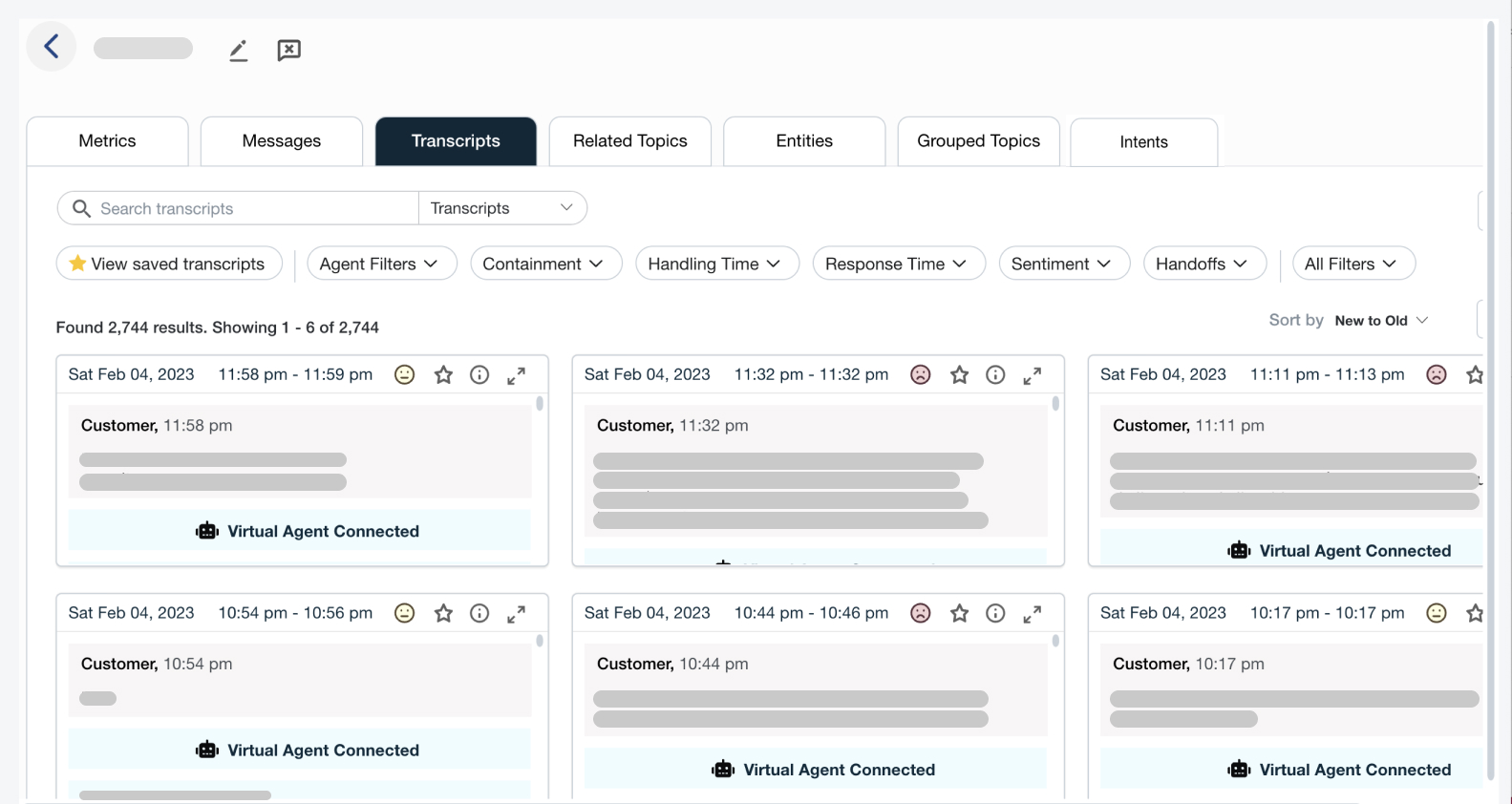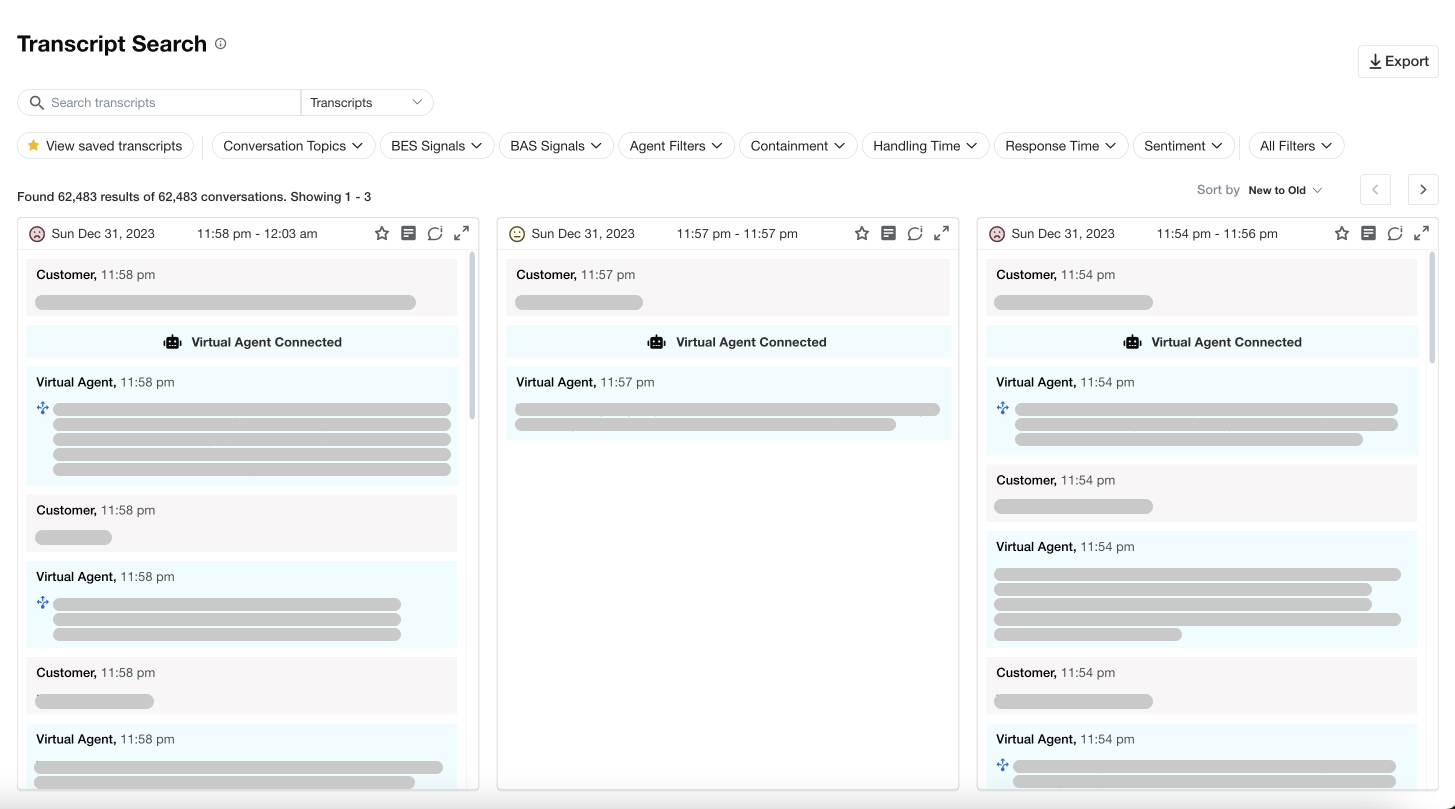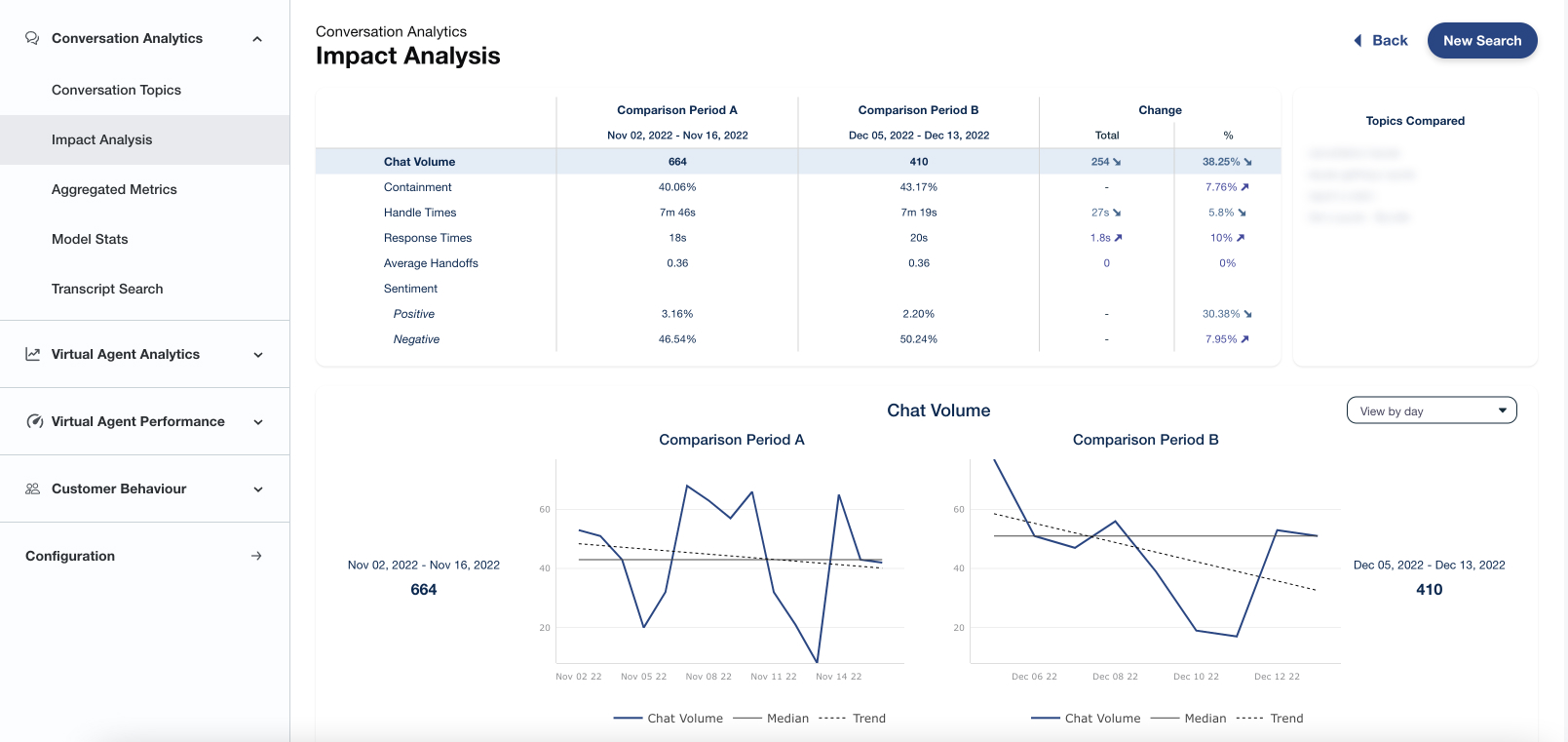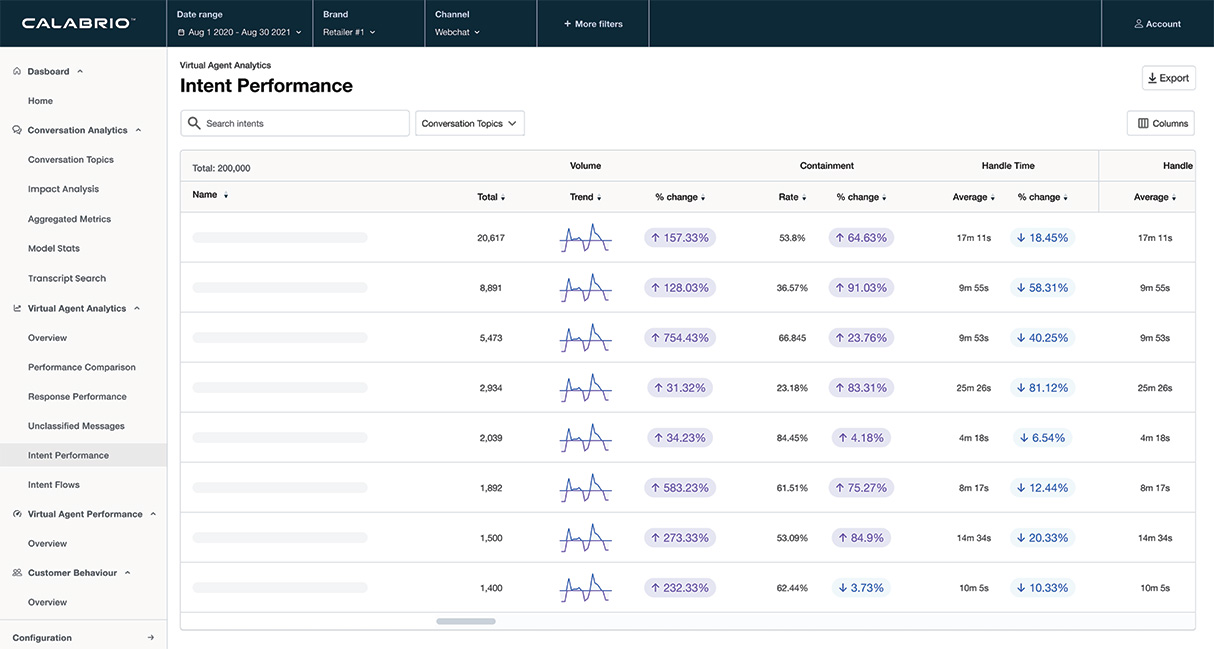RPA vs. AI & NLP: What’s the Difference?
RPA vs. AI & NLP: What’s the Difference?
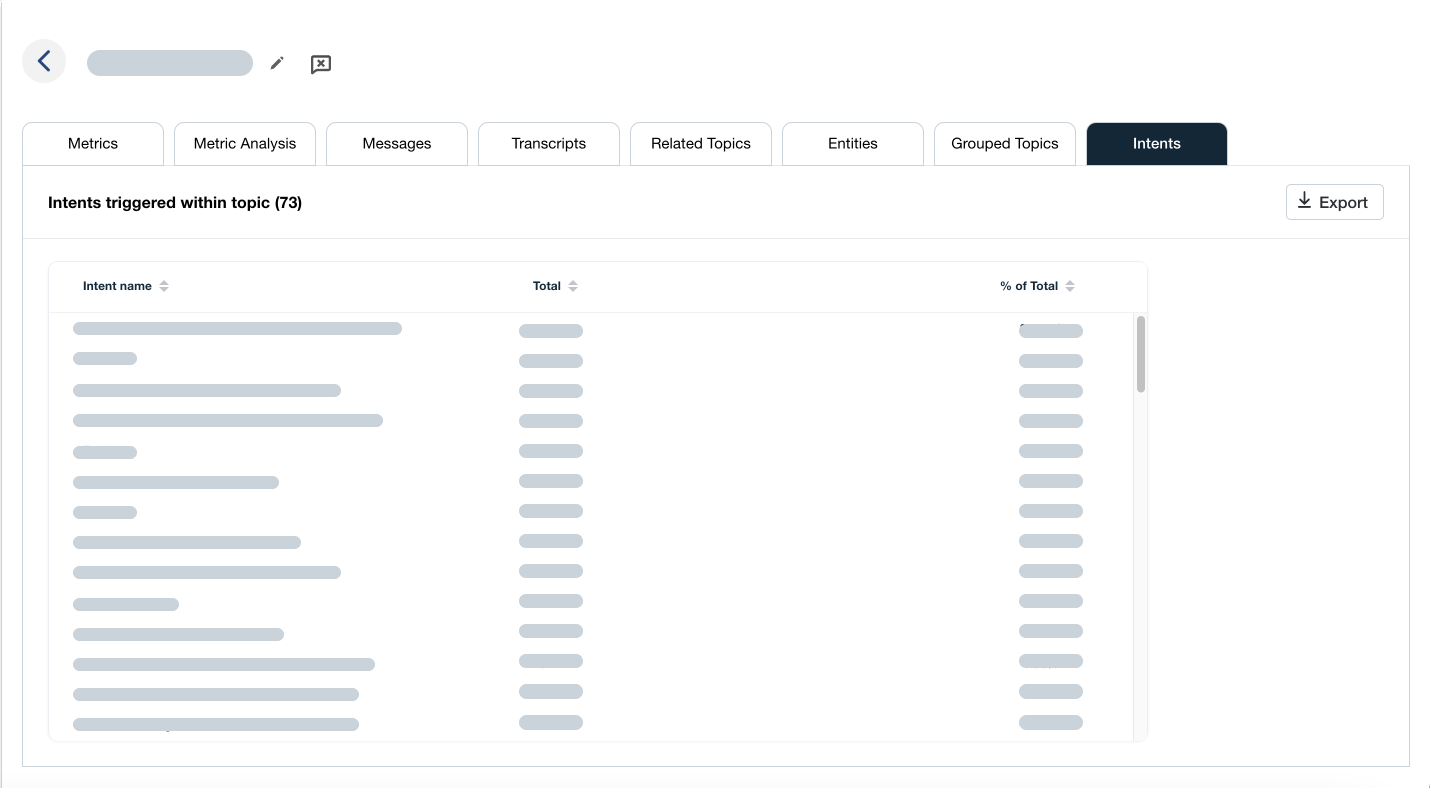
The worlds of Robotic Process Automation (RPA) and Artificial Intelligence (AI) often intersect, leading to confusion about where one ends and the other begins.
While both technologies have the potential to streamline operations and support better experiences for both customers and employees, these two technologies have distinct strengths and applications. RPA excels at automating rule-based tasks, while AI brings the power of learning and decision-making to the table. Let’s dive into the key differences between RPA and AI.
What’s the Difference Between AI and RPA?
While RPA and AI both serve to automate tasks, their underlying mechanisms are fundamentally different. RPA is best understood as a rule-based workhorse. It excels at executing repetitive, structured tasks with clear instructions. Think of it as a diligent worker who meticulously follows a checklist. RPA thrives on tasks like data entry, transferring files, and filling out forms within existing systems. However, it lacks the ability to learn independently or make adaptive decisions.
Artificial intelligence, or AI, on the other hand, is designed to learn and think more like a human. In contrast with RPA, techniques like machine learning to find patterns in data, AI is capable of improving its performance and decision-making over time.
Meanwhile, Natural Language Processing (NLP) empowers AI to understand and interact with human language, enabling the creation of advanced conversational chatbots, voicebots, and virtual assistants. Ultimately, AI is able to handle more complex tasks than RPA, including those that require a degree of judgment and interpretation.
To get a better sense of how these different technologies look in practice, let’s dig a little deeper into the differences between RPA and today’s AI.
RPA, the “rule follower,” uses structured inputs and defined logic
RPA is a generic term to describe any type of process automation where a piece of software mimics the repetitive actions of a human user. It’s most commonly used to mimic the clicks of a human user to perform actions such as data entry on a user interface, complete forms, trigger actions on a screen, upload files to an Enterprise Resource Planning (ERP) system and more. RPA is preprogrammed, meaning these systems have no inherent ability to learn from their actions or environment.
An example of a great candidate for RPA is expense processing. Though mostly handled by one department, each expense report is processed with multiple steps. A typical expensing process is as follows: retrieving an attachment from an email or information from an app, categorizing the expenses, routing the invoice to the right person for approval, and finally, uploading the information to a finance system for payout. All of these steps can be handled by RPA-driven software to great effect.
Conversational AI and NLP use a combination of rules and probability
Artificial intelligence typically denotes software that has the ability to learn from the data it processes. Machine learning (ML, for short) is a key component of modern AI systems, giving AI entities the ability to extract and learn patterns from data.
Depending on the type of data, a machine learning algorithm can learn from experience, especially in controlled environments where rules are well defined. For example, many of today’s most advanced ML applications have looked to those models, such as Google DeepMind’s AlphaZero, which quickly excelled at playing tabletop games like chess, go, and shogi. Other applications excel at learning from explicitly defined labels usually set by a human, such as fraud detection, or simply identify and delineate patterns, for example finding similarities in data.
What is Natural Language Processing?
Natural Language Processing (NLP) is a sub-field of machine learning that deals with performing language-related tasks such as translation, comprehension, summarization or understanding pieces of text. A wide field in itself, the most commonly deployed language models perform understanding tasks and are used primarily in chatbots, as well as for machine translation and sentiment analysis solutions.
NLP can analyze sentences and phrases to determine the underlying intent of the user. For example, the phrase “I want to book a flight” signals an intent related to travel arrangements.
An NLP model is explicitly trained by humans who decide what intents should be learned by the model. This is known as supervised learning. Intents are training by showing the model sample utterances, which are sample phrases for an intent. A few examples of utterances are “I need to pay my bill”, “Bill payment”, and “How do I pay my bill”. All of the aforementioned utterances would be trained for the intent “pay bill.”
The model then summarizes these examples into a machine representation that renders meaning to these sentences. This representation is known as “vector space.”
When a new phrase that is similar in meaning comes along, for example “How much is my invoice, I want to pay it”, the model finds the closest match in vector space and then assigns a probability for how well the input phrase matches the intent. The phrase mentioned may match the “pay bill” intent with a probability of 0.92, meaning it is a 92% match.
If the value is above a set threshold, the chatbot will trigger the action or response associated with the chosen intent. If multiple matches are found, the one with the highest probability is chosen. If the match is below the threshold, then the chatbot may decline to answer. All the responses and actions for each intent are preassigned by human conversation designers.
NLP, which underlies the latest in conversational AI and the most advanced chatbots, is ultimately significantly more powerful than RPA. However, employing both of these automation-focused technologies offers significant benefits to today’s organizations. The right combination of RPA and NLP allows an enterprise to expand the variety and complexity of the transactional journeys they expose their customers to through conversational channels.
Want to bring the power of both AI and RPA to your contact center? Book a demo to see for yourself how AI-powered contact center workforce management tools can help you maximize your potential.


